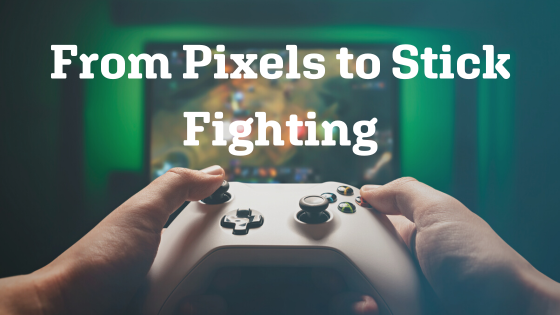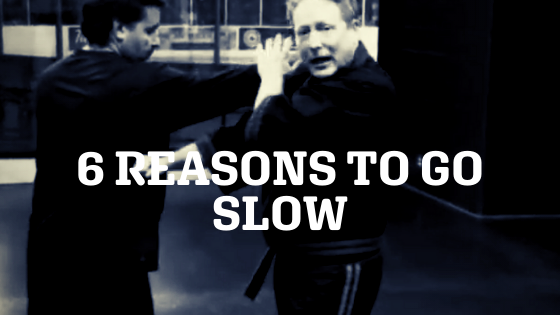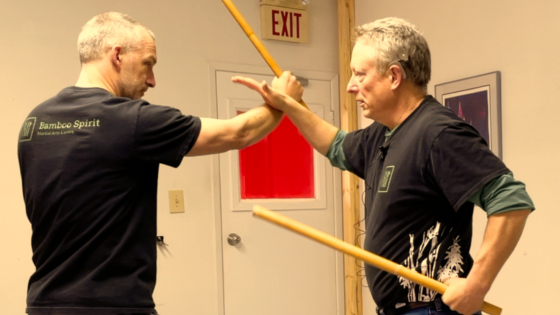From Pixels to Stick Fighting
Estimated reading time: 6 minutes
A number of my Padawans play video games. That’s not exactly shocking to you, is it? However, I have often wondered how it translates to their FMA training or, more importantly, how it informs my teaching approach.
Minecraft is one of the most popular video game titles among the younger video game generation. Popular games among my younger students (ranging from 8 to 15 years of age) are Super Mario, Fortnite, Street Fighter, Call of Duty, Team Fortress, Assassin’s Creed, Castle Crashers, Star Wars Squadron, Lego, Grand Turismo, and many others.
Several studies tout the benefits of video games. One article states: “Open-world, mission-based, and multi-level games are designed like complex puzzles that take several hours to solve. Occasionally, the solution varies based on your actions in the game. Learning to think on your feet and strategize in a fast-paced fantasy environment is a skill that can translate to the real world.”
I have no idea how rigorous these studies are, and I won’t delve into their validity in this post. But yeah, this confirms what I have seen in private lessons.
Assuming these studies are valid, do the enhanced cognitive skills translate to Filipino Martial Arts?
From a teaching perspective, the above article states: “There are video games on just about everything. Early on, developers realized that video games could be used to improve reading and math skills. Today, there are games that incorporate world history, cooking, politics, chemistry, architecture, and other topics you may not have been exposed to in school.”
While I could say that my students do better with Filipino Martial Arts because of their video gaming skills, it is hard to say.
I know they thrive more in private lessons when presented as video games with various puzzles to solve.
In this regard, my lesson plans with the kids have shifted in recent years. Initially, I taught them in the traditional format: I command, and they follow.
“Do the twelve angles of attack.“

“Let’s do the 12 disarms.”
On and on.
In other words, I was utilizing the one-step method of teaching. However, as you might imagine, there are downsides to this teaching methodology, given that today’s generation has been raised in a far more interactive learning environment than I was.
This was driven home a couple of years ago when one of my young students started to plateau. Disinterest began to drift in. Sensing this, I changed course and, more or less, abandoned the curriculum. I shifted over to teaching nothing but flow drills and applications.
BOOM! After he learned the flow drills and basic applications, I gave him puzzles to solve.
In other words, I created a video game-like learning environment adapted to Filipino Martial Arts emphasizing independent problem-solving.
“Okay, kid, we’re going to do a 30-second sequence with you as the defender. Somewhere in that sequence, I will do an abanico corto technique. Your job is to counter it and finish me off.”
The key is to exhibit good footwork and body structure during that sequence. If he/she cracks under my pressure, we’ll start over at a slower speed and fix the structural deficiencies. In other words, I want to see a combination of good footwork, body structure, and problem-solving.
Above all, my young students LOVE doing this kind of lesson. In a sense, I’m the video game, and they are at the consoles using sticks.
Knowing this, I can use this format to reinforce the basics. This way, I don’t have to insist that they practice the basics ad infinitum to the point of boredom. Think of Daniel LaRusso in the original “Karate Kid” doing the “wax on, wax off” exercise. Remember how bored he got? Let me tell you, with today’s generation, you’ll lose the student with that approach.
In today’s world, you must find different ways to work the basics. Interacting with them seems to maintain the current generation’s interest.
Additional Reading
- Why I Avoid FMA Discussion Forums
- The Video Game Generation
- The Comparison Game
- Style or Approach?
- Too Young to Learn Filipino Martial Arts?
My adult students, who do NOT play video games, also love this approach. Since last year, I have expanded the lesson repertoire beyond the flow drill format to include intense high-speed sequences similar to those I use with my younger students. The reaction has been positive, and I intend to include this in most private lessons.
Make no mistake, I am not reinventing the wheel. Similar teaching methodologies exist in other arts, such as Wing Chun and Brazilian Jiu-Jitsu. I’m just describing my teaching journey and finding what works well to elevate my students’ skill level.
You know what? I’ll never be satisfied and will keep tinkering with my teaching approach. There is only one goal: elevating my students’ skill level and pushing them to black belt. For now, I’ll utilize the video game approach for my students.
But…..
Teaching posture, structure, and footwork during video-game-like sequences can be challenging. However, that work must be done before delving into that training mode. Padawans may not like it, but time must be set aside to teach them proper posture, footwork and structure. For example, in last week’s class, a talented 11-year-old nearly lost his balance several times when executing a basic technique sequence.
“Son, this is why we work on stances and footwork! Do you understand?”
“Yes, sir.”
“Your homework assignment for the next week is to practice the front stance every day.”
“Yes, sir.”
We’ll find out on Thursday night!
In other news, I went to Detroit this past weekend for private training with Professor Chuck Gauss, Terry Hill, Jason Gearheart, Andy Tong and John Yockey. All I can say is that I had an AWESOME time.
Those of us who attended this private session have also started an Instagram Channel. Follow us there!

Lastly, please consider buying me a beer or a cup of coffee!
I need your help defraying the increasing expenses of the blog/website. You’ll be recognized for your contribution. 😉
A huge thank you in advance!
Make a one-time donation
Make a monthly donation
Make a yearly donation
Choose an amount
Or enter a custom amount.
Your contribution is appreciated.
Your contribution is appreciated.
Your contribution is appreciated.
DonateDonate monthlyDonate yearlyShare this post:
- Click to share on Twitter (Opens in new window)
- Click to share on Facebook (Opens in new window)
- Click to share on LinkedIn (Opens in new window)
- Click to share on WhatsApp (Opens in new window)
- Click to share on Nextdoor (Opens in new window)
- Click to share on Pinterest (Opens in new window)
- Click to email a link to a friend (Opens in new window)
Brian Johns
Related Posts
5 Comments
Leave a Reply Cancel reply
Categories
- Arnis/Kali/Eskrima (113)
- Book Review (8)
- DVD Reviews (3)
- Guest Post (4)
- Inspiration (24)
- Martial Arts (99)
- My story (92)
- Safety (14)
- Tips & tricks (6)
- Uncategorized (3)
- YouTube Videos (8)






Interesting concept that will be useful in many ways!
Yes, it’s quite useful especially for kids! Thanks for reading. 🙂
[…] It’s a different story for the advanced students, though. At first, I’ll spoon-feed them either variations or counters. I intend to kick-start their creativity. Often, we’ll stop in the middle of a flow drill, and I’ll ask them, “Show me 2 or 3 things that you can do at this point.” Man, they are so excited when they come up with their solutions! […]
[…] I could say that my students do better with Filipino Martial Arts because of their video gaming skills, it is hard to […]
[…] From Pixels to Stick Fighting […]